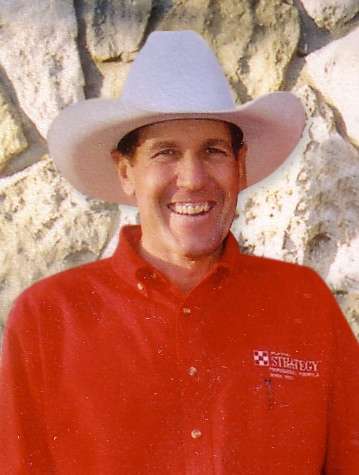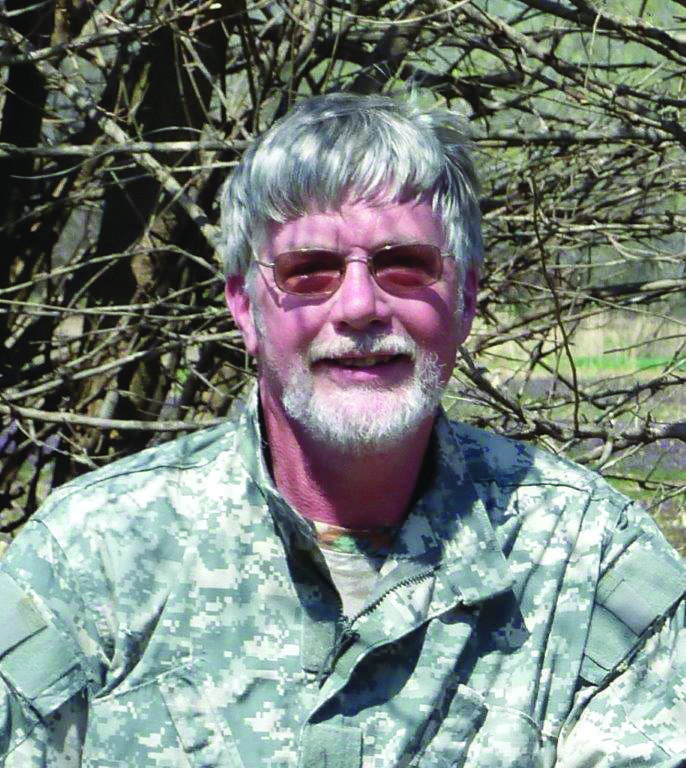“It’s summer cattle roundup time in the Flint Hills of Kansas.”
Cowboys and cowgirls are gathering short-season, double-stocked, intensely grazed native grassland pastures.
It’s a different scenario than as recent as just a few decades ago. In years gone by, cattle were grazed on Flint Hills grassland full season about five months.
Generally, lightweight cattle, quite often steers, were turned out on lush, fast growing, high protein pastures in late April.
Stringent stocking rates were followed so cattle did not overgraze the grasslands providing there was sufficient moisture for prairie growth.
Cattle were grazed throughout the summer and gathered in late September or early October, the prime grass growing season. Depending on a number of quite variable conditions, cattle weight gains determined profitability of the grazing operation.
Different pasture operators have their own goals, with a gain of three pounds per day often considered sufficient for profit. Of course, the more the better.
Change in rangeland management philosophy came when ranchers determined grasslands didn’t have sufficient time to recover from full season grazing. When native prairie is grazed into the ground so to speak, there’s very little grass remaining.
It takes time for regrowth of the grass and the root system. Because it was autumn, conditions were often reduced such the prairie was not sufficiently recovered for the next grazing season.
Range management specialists developed an intensive early stocking program that transformed both the calendar and the cash flow on ranches.
The traditional season-long program had cattle on the grass for 150 days at a stocking rate around four acres per animal.
In contrast, intensive early stocking takes advantage of the fact that the greatest gain is in the first part of the season. After mid-July, the grass quality declines as nutrients are transferred to the roots.
By doubling and even tripling the traditional stocking rates, cattle are ready to move to feedlots after grazing just 90 days. Studies found the more intensive approach resulted in the production of an additional 35 pounds of beef per acre.
So many ranches shifted to intensive early grazing with cattle coming off grass in July. Prairies then have ample time to recover for bountiful grazing the next year.
That’s why summer cattle roundups have become commonplace.
Reminded of Isiah 60:7: “And yes, a great roundup as I engulf in splendor.”
+++ALLELUIA++
XVIII–31–7-29-2024
Rounding Up Grazing Cattle
A Cowboy’s Faith





